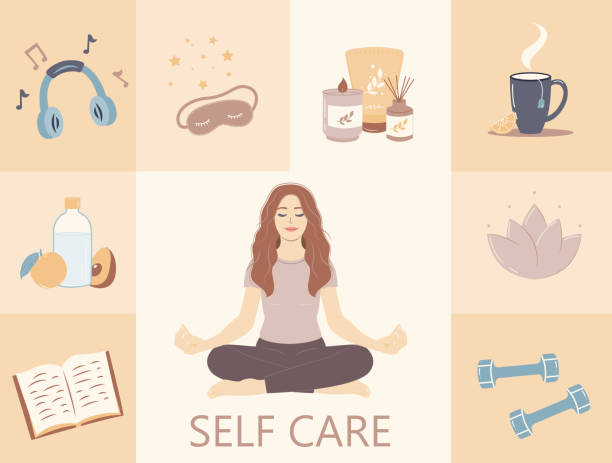Our surroundings shape our mood, focus, and energy levels more than we realize. A cluttered desk can trigger stress. A well-designed room can spark creativity. Changing your furniture isn’t just about style—it’s about transforming how you live and work every day.
Below, we’ll explore the psychology of space, the power of decluttering, and practical ways to refresh your furniture so you can boost motivation and create a home that supports your goals.
Contents
The Psychology of Your Environment
The spaces we live and work in are not neutral. Research in environmental psychology shows that our physical surroundings influence how we think, feel, and act. Bright, open rooms can increase energy levels. Dark, crowded ones often make people feel sluggish.
Our brains also respond strongly to novelty. When you rearrange a room or swap a piece of furniture, it gives your mind a fresh stimulus. That change can disrupt old routines and make it easier to start new habits. Think about how a clean, organized office makes you want to sit down and work. The environment nudges you forward.
Decluttering: The Foundation of Motivation
Before new furniture can make an impact, clutter needs to go. Clutter is more than a pile of things—it’s a constant source of distraction. Studies show it increases stress and decreases focus because the brain is forced to process too much at once.
Decluttering doesn’t mean stripping your home bare. It means being intentional. Start small. Decide what items truly serve you and what can be donated, stored, or recycled. If you have large items you no longer need, some people even work with moving companies to haul them away or relocate them to storage. Create clever storage solutions that make daily essentials easy to access without being in sight.
Once clutter is removed, your space feels lighter. Your mind follows. This clean foundation makes any furniture change more powerful, because now the eye and the brain can focus on what’s new.
Choosing Furniture That Inspires
The furniture you choose plays a direct role in how you feel and perform. Function, style, and comfort are all equally important.
- Functionality: Ask if a piece supports your current goals. A desk should fit your workflow. A dining table should encourage connection. A chair should support long hours without strain.
- Style and Aesthetics: Colors, materials, and shapes all influence emotions. Clean lines and natural tones can create calm. Bold colors may spark energy.
- Comfort: Motivation is complex to sustain if you’re uncomfortable. An ergonomic chair, a sofa with proper support, or a bed that helps you rest deeply can all change how you feel throughout the day.
Sometimes the difference between resistance and motivation is as simple as replacing a bulky desk with a sleek one that invites you to sit down and get started.
The Role of Layout and Flow
Furniture alone is only half the story. Where you place it matters just as much.
A good layout improves flow. It makes moving through your space easy and natural. When furniture blocks walkways or hides natural light, the space feels heavy. Rearranging can open a room instantly.
Consider three things:
- Light – Position work areas where natural light is available.
- Zones – Create clear areas for specific activities, like work, relaxation, or creativity.
- Balance – Arrange pieces so they don’t crowd one side of a room.
In feng shui, the “command position” suggests placing furniture like desks or beds where you can see the entrance without being directly in line with it. Even if you don’t follow feng shui strictly, this principle creates a sense of security that often improves focus.
Small Changes, Big Results
You don’t need a full home makeover to feel the benefits. Even small changes can shift energy. Swapping out a worn-out chair for one that’s both supportive and attractive can encourage you to spend more time at your desk. Replacing a coffee table with one that fits the scale of the room can make your living area feel more open.
Multifunctional pieces are another easy upgrade. A bench with hidden storage, for example, reduces clutter while adding style. Small steps like these are affordable yet still create a noticeable lift in motivation.
Adding Personal Touches for Motivation
Motivation doesn’t only come from function and flow. It also comes from the personal meaning you add to your environment.
Adding plants brings life into a room and improves air quality. Artwork can reflect your goals or values. A framed photo can remind you of people who matter most. These touches make your space feel like yours—not just a set of rooms, but a reflection of who you are.
The balance is key. Too much personalization can slip back into clutter. Choose items that inspire you without overwhelming the space.
Conclusion
Your environment is a silent partner in everything you do. When it supports you, motivation comes more easily. When it drags you down, even simple tasks feel harder.
Start with decluttering. Then, make thoughtful changes to your furniture. Focus on function, comfort, and style. Rearrange to maximize light and flow. Add personal touches that inspire you.
Small steps add up. Transform your space, and you’ll discover how quickly you can transform your life.




